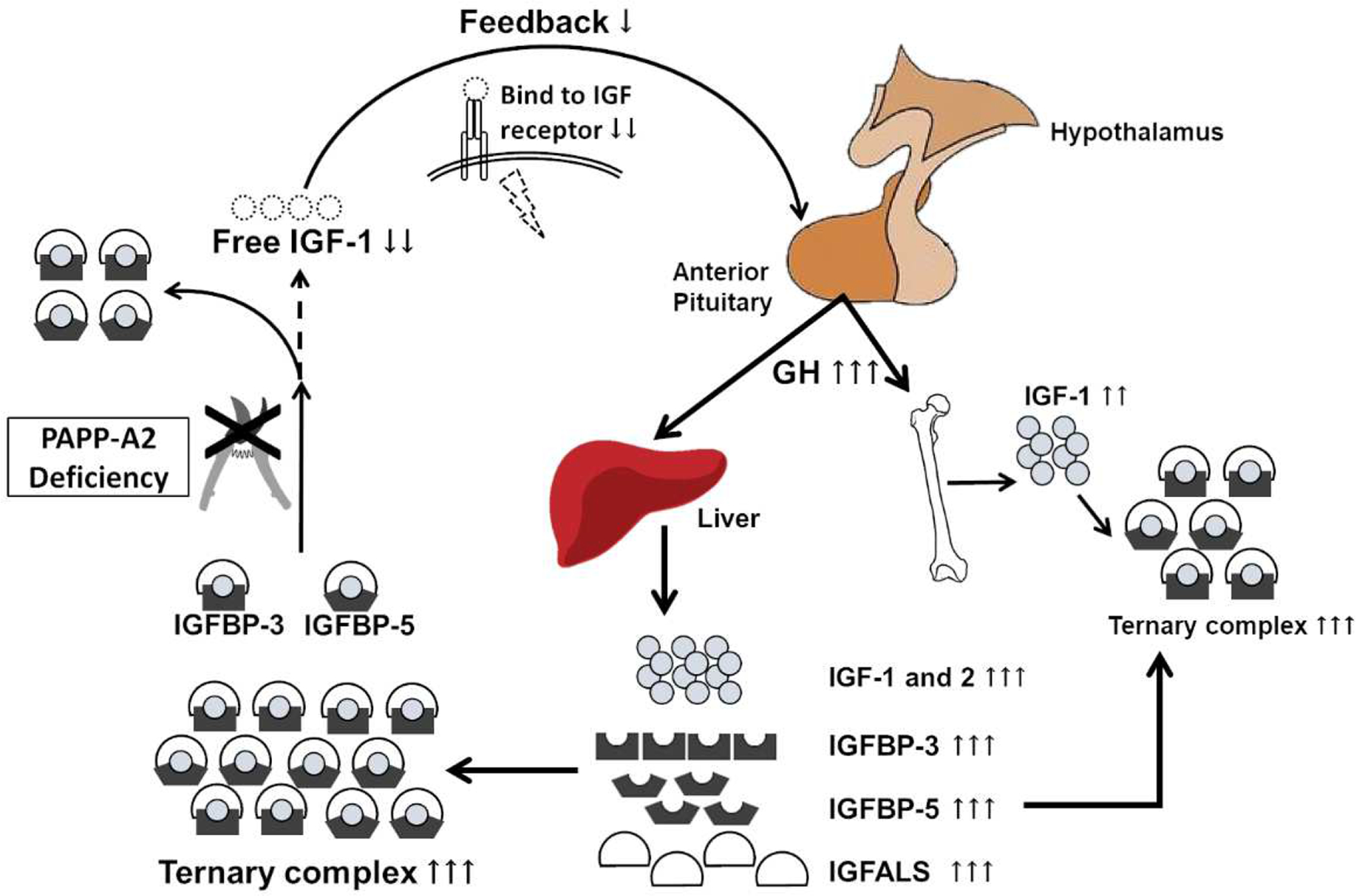Figure 1. Schematic of the GH-IGF axis highlighting the effects of PAPP-A2 deficiency.

PAPP-A2 deficiency results in insufficient cleavage of the ternary complex containing IGFs, IGFBP-3 or -5, and ALS, resulting in decreased levels of free IGF-1. Reduced free IGF-1 leads to a lack of negative feedback at the level of the pituitary, resulting in increased GH secretion. Ultimately, this leads to increased IGFBPs, ALS, and total IGF-1 without an increase in free IGF-1.
